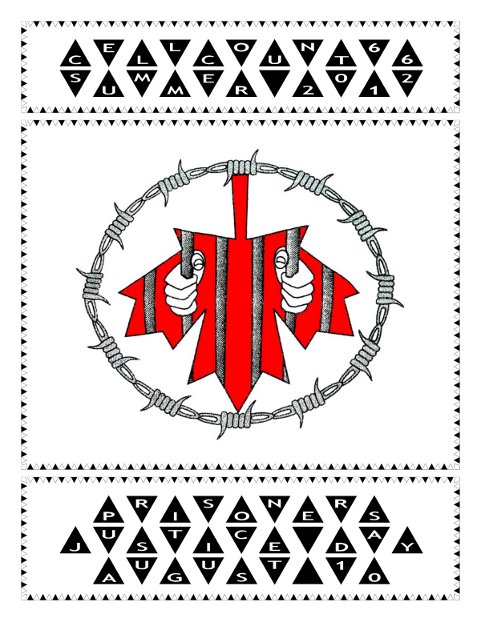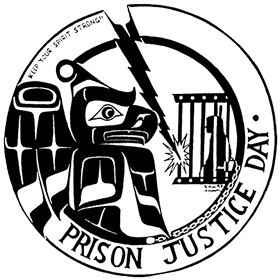August 10, 2018
By Jeff Shantz
Prison Justice Day (PJD) is held every August 10. This year is the 44th year of PJD. On August 7, 2018 I attended the Prison Justice Day support event and showing of the film “Visions of Abolition: From Critical Resistance to a New Way of Life” at Spartacus Books in Vancouver.
The film connects abolition of prisons with the abolition of slavery through the perspectives of Angela Y Davis, Ruth Wilson Gilmore, and others. Abolitionists are continuing the work that was not completed with the abolition of slavery. The movie documents the transformation of the slave relationship into the prison system in the United States. Racist violence has been central to the capitalist mode of production in the US.
The war on poverty and the war on drugs are both wars on poor people. Neoliberal dismantling of social welfare systems from the Reagan regime on has disorganized working class communities and created crises within the working class. This has ratcheted up despair, desperation, etc. The response has been increases in the repressive apparatus: police, courts, prisons.
For Abolition: A Discussion
Event organizer, Meenakshi Mannoe of the Vancouver Prison Justice Day Organizing Committee and Stark Raven radio, spoke to the gender violence that is part of the penal system. This includes enforced heterosexism and gender binary. There is a need also to recognize harms to trans women and Indigenous women in the Canadian context.
The prison system is also a continuation of colonization. One attendee who identified as a prisoner noted the four or five recorded deaths in prison of Indigenous women each year, which receive little public attention. The late Peter Collins, a key Prison Justice Day organizer as a prisoner, stated: “There is no natural death in prison.”
One participant, a self described lifer who was inside for eight years and only got out this year, reported that a Survivor, Abuse, Trauma councillor was going to be cut as a pure cost cutting measure. Prisoners had to undertake a grievance to stop it.
Those who identified as prisoners noted that the system does not want people you to talk about the causes that led to your crime, your social history, abuse, violence, self defense against abusers, etc. They only want to hear why you committed the crime as if it was simply some type of personal choice.
It was suggested that many advocacy groups are coopted by the state and/or depend on the government for funding and status. Programming is carried out within the logic of the prison, even on the outside. So some groups do not advocate strongly because of funding concerns.
There was an important recognition of the fact that most prisoners in Canada are in for low level, less harmful, or even harmless activities (personal consumption practices, survival strategies, nuisances, administrative issues). It was suggested that there could be some convergence between efforts to decriminalize drugs and the push for equal health care for all (which prisoners do not have access to). People inside are denied proper harm reduction supplies.
It was also noted that health care in provincial institutions has been privatized (Century Health, for example). So there are aspects of privatization of prisons in Canada.
Speakers in attendance reported that Prison Justice Day is being restricted inside in a context of a wave of repression over the last few years. PJD shirts are not allowed and work stoppages, a key component of PJD, are punished.
Conclusion
On the whole this was an enriching and important event. It raised a strong abolitionist perspective and offered real world examples of work being done to address the harms of prisons and to think about alternatives to statist punitive approaches.
Prison Justice Day activities in Vancouver take place August 10 from 6 to 8 PM at the Clare Culhane bench in Trout Lake Park near Commercial Drive. See: https://www.facebook.com/events/2697264043747638/
For one brief history of Prison Justice Day read: “Prisoner’s Justice Day: A Retrospective Montage” by pj lilley. Freely available at: http://www.radicalcriminology.org/index.php/rc/article/view/68/html
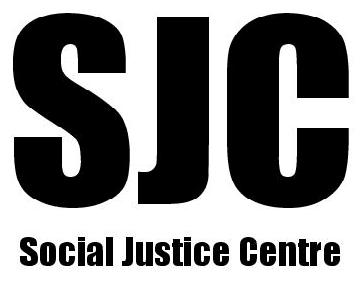
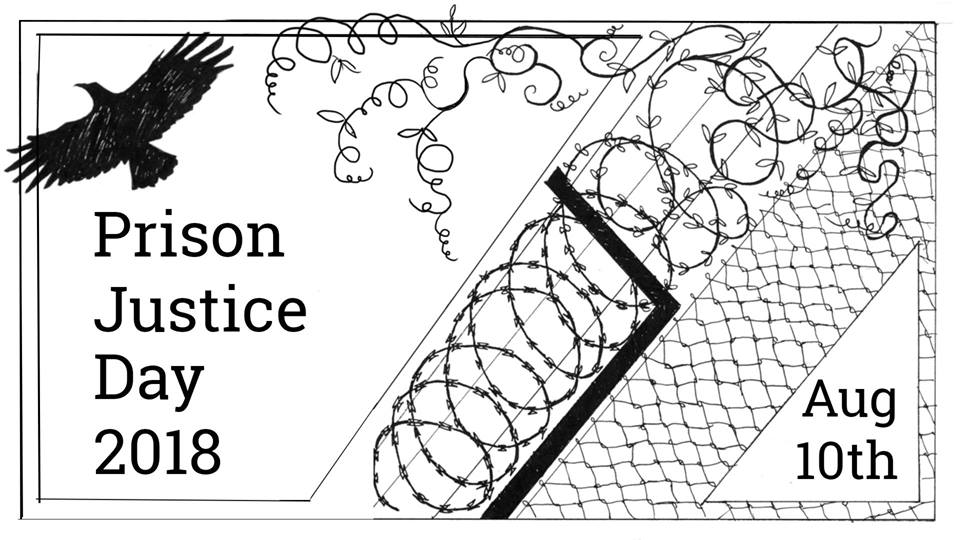


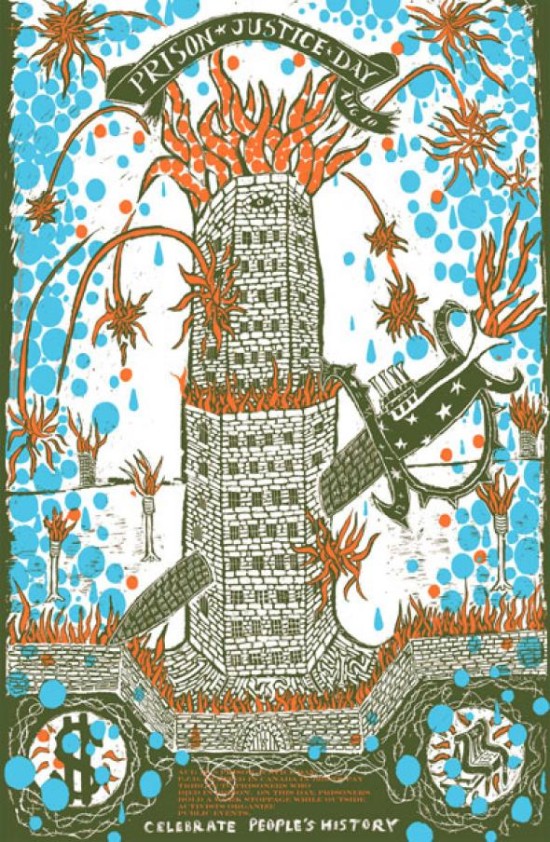
![Vancouver PJD poster, 2009 [Artist- Tania Willard, 2008].jpg](https://images.squarespace-cdn.com/content/v1/57620a4ac534a595c6d24362/1533917611964-1KNIEHDQIJX6JRDPXMED/Vancouver+PJD+poster%2C+2009+%5BArtist-+Tania+Willard%2C+2008%5D.jpg)
